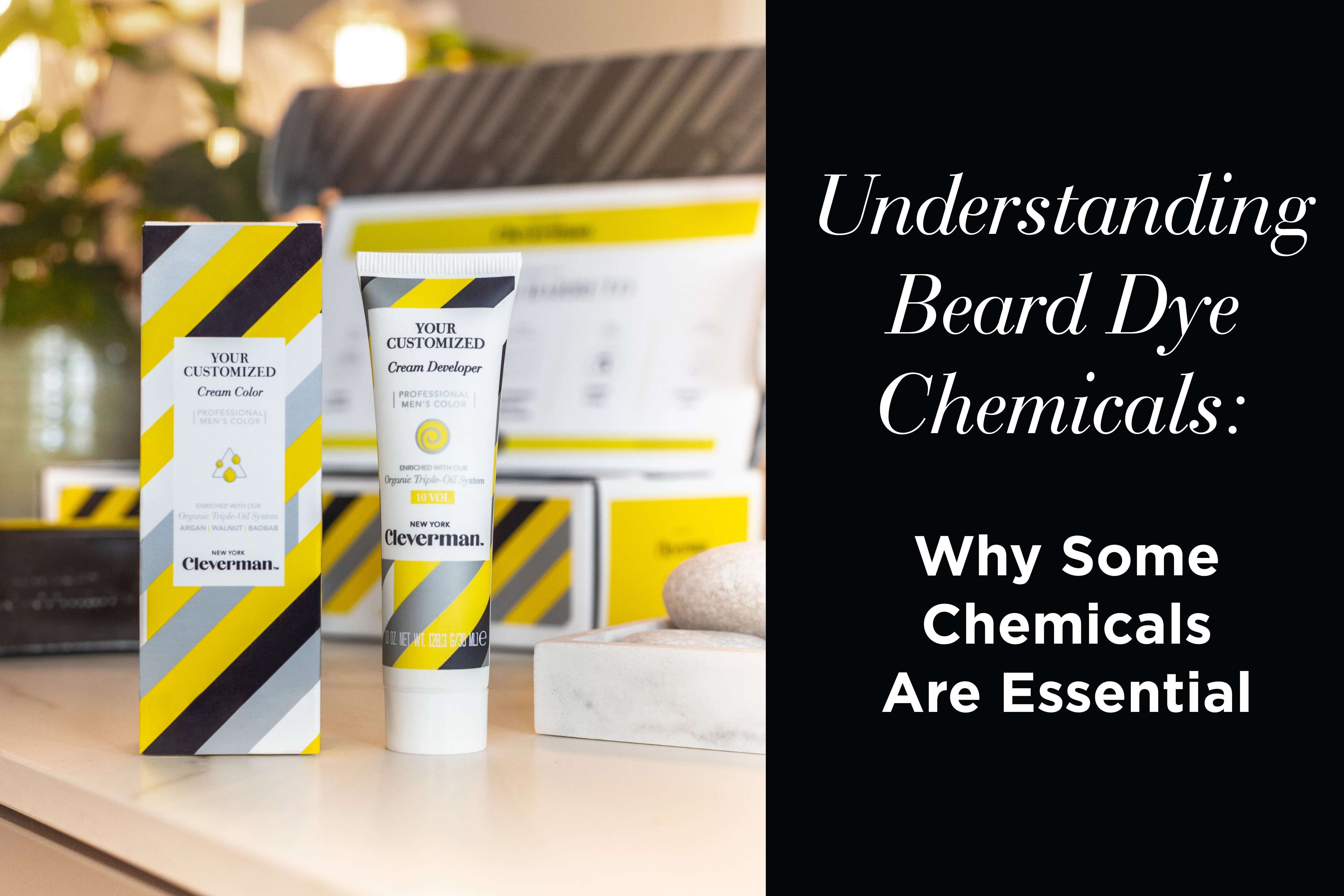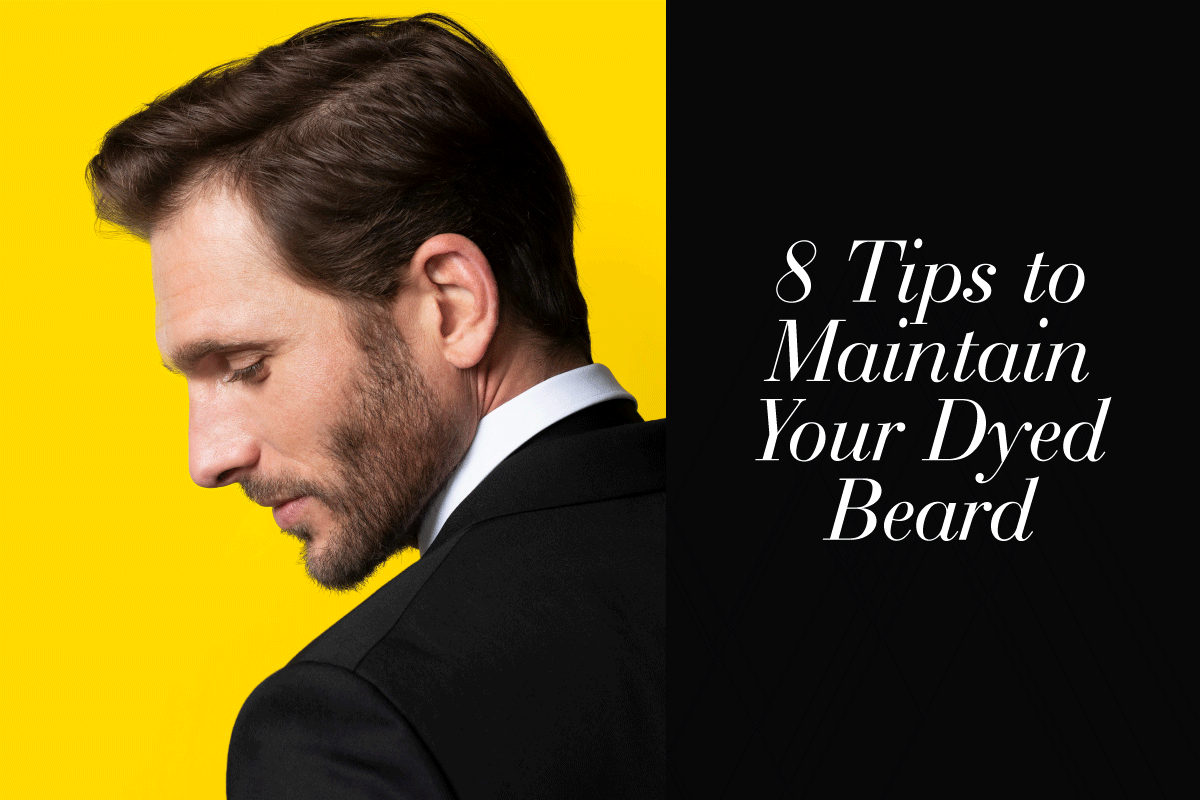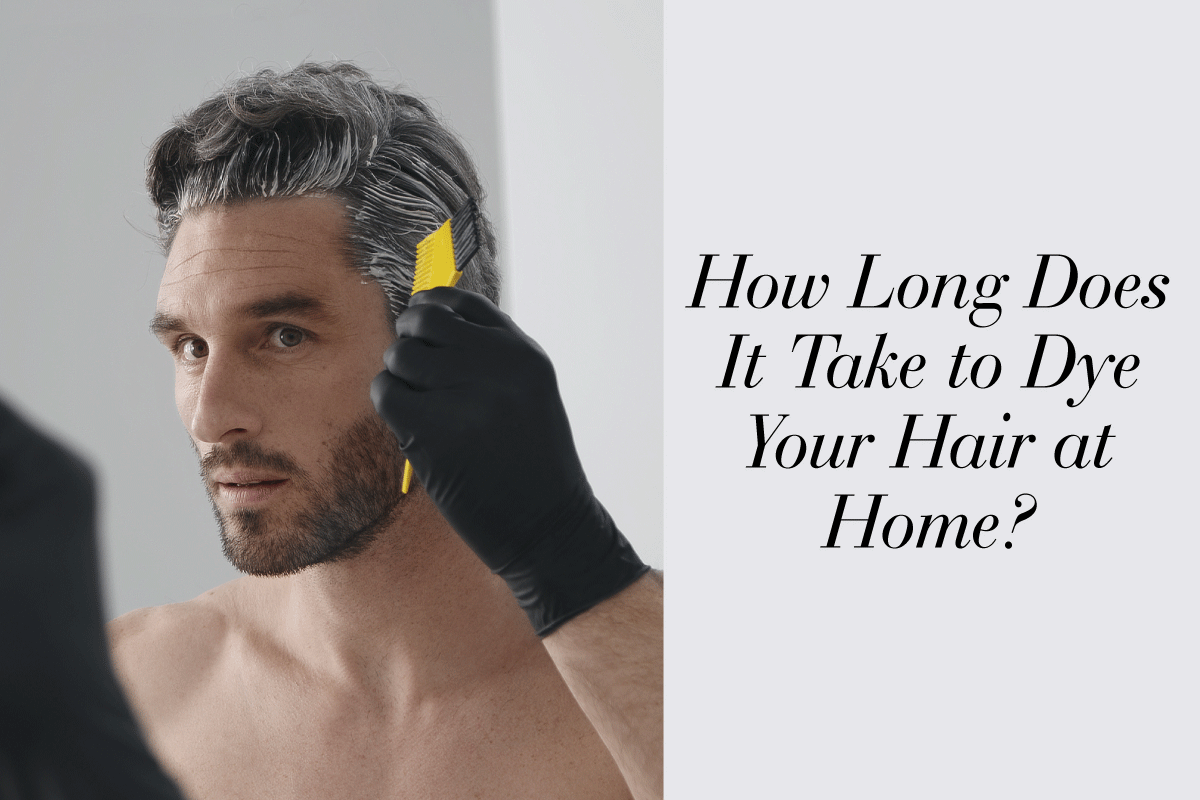Understanding Beard Dye Chemicals: Why Some Chemicals Are Essential

Beard dyeing is not just about changing the color of facial hair; it’s a science that involves a variety of chemicals working together to achieve a desired look. For those interested in beard dyeing, understanding the role of these chemicals can help in making informed decisions and appreciating the safety measures incorporated in modern beard dyes. Let’s delve into why some chemicals are essential in beard dyes and how they ensure safety and effectiveness.
The role of chemicals in beard dyeing
1. Color development:
The primary function of beard dye chemicals is to develop the desired color. Key players in this process include:
- Ammonia: This alkaline agent opens up the hair cuticle, allowing the dye to penetrate the hair shaft. While ammonia has a strong odor, it is highly effective in ensuring that the dye molecules are absorbed evenly, resulting in a uniform color.
- Hydrogen Peroxide: This oxidizing agent works in tandem with ammonia to break down the natural pigment in the hair, making it possible for the new color to take hold. Hydrogen peroxide also helps in lightening the hair, which is essential for achieving lighter beard colors.
- Paraphenylenediamine (PPD): A common ingredient in many permanent hair dyes, PPD is a colorant that produces natural-looking shades. When combined with hydrogen peroxide, it creates a long-lasting color.
2. Color stability:
To ensure that the beard dye remains stable and consistent over time, additional chemicals are used:
- M-aminophenol: This agent react with PPD to form the final dye molecules that provide long-lasting color stability.
- Stabilizers: Ingredients like sodium sulfite act as stabilizers, preventing premature oxidation of the dye before application. This ensures the product remains effective until the point of use.
3. Application and texture:
Achieving the right consistency and ease of application is crucial for a positive user experience:
- Conditioners and emollients: Ingredients like cetyl alcohol and cetearyl alcohol help in conditioning the hair, making it softer and more manageable. They also provide a creamy texture to the dye, ensuring even application.
- Thickeners: Agents such as xanthan gum or carbomer are used to thicken the dye mixture, preventing drips and ensuring precise application.
Safety measures in beard dyes
Concerns about the safety of beard dye chemicals are common, but modern formulations prioritize user safety through rigorous testing and regulatory compliance. Here’s how safety is ensured:
1. Regulatory standards:
Beard dyes must comply with stringent regulatory standards set by organizations like the FDA (Food and Drug Administration) in the United States and the European Commission in the EU. These regulations mandate the testing of ingredients for safety and efficacy before they can be included in cosmetic products.
2. Patch testing:
To minimize the risk of allergic reactions, it is recommended to perform a patch test before using any beard dye. This involves applying a small amount of the dye to a discreet area of the skin and waiting 24-48 hours to check for any adverse reactions.
3. Ingredient transparency:
Reputable beard dye manufacturers provide comprehensive ingredient lists on their products. This transparency allows consumers to make informed decisions and avoid products containing allergens or irritants specific to their sensitivities.
4. Formulation adjustments:
Many modern beard dyes are formulated with reduced levels of potentially irritating chemicals. For instance, low-ammonia or ammonia-free dyes are available for those with sensitive skin. Additionally, some products replace PPD with less reactive alternatives like PTD (paratoluenediamine).
Cleverman’s hair and beard dye: A safer choice
Cleverman has taken significant steps to ensure their hair and beard dye products are both effective and safe by excluding several common but potentially harmful chemicals:
NO Ammonia:
Ammonia is commonly used in hair color to open the cuticle and deposit color, but it carries a strong and unpleasant odor that lingers long after the process is complete. Cleverman’s formula avoids ammonia, making the dyeing experience more pleasant without compromising on color quality.
NO Parabens:
Parabens are a preservative commonly used in hair color and care products to prevent the growth of bacteria and mold. The impact of parabens is disputed, so some consumers are mindful not to use products that contain them. Cleverman’s dye is paraben-free, catering to health-conscious consumers.
NO Sulfates:
Sulfates are often used in hair care products. They can contribute to stripping your hair color. Cleverman’s hair care formulas do not contain sulfates, ensuring that your beard retains its vibrant color and stays healthy.
NO Silicones:
Silicones are made from synthetic materials and are known for providing anti-frizz benefits, 'slip' when combing/styling, and making hair more manageable. However, they can also build up on hair over time, weigh it down, and block moisture, resulting in hair becoming dry or brittle. Cleverman’s dye is free of silicones, promoting healthier hair in the long term.
NO Phthalates:
Phthalates are chemical compounds with a range of uses, like softening plastics and other substances, and appear in a range of consumer products. To avoid even a minor risk of overexposure, Cleverman has excluded all phthalates from their products.
Common beard dye chemicals and their benefits
1. Natural oils:
- Argan oil: Known for its moisturizing properties, argan oil helps in conditioning the beard hair, reducing dryness and brittleness.
- Jojoba oil: This oil closely resembles the natural sebum produced by the skin, making it an excellent conditioner that promotes healthy beard growth.
2. Botanical extracts:
- Aloe vera: With its soothing and anti-inflammatory properties, aloe vera helps in calming the skin and reducing irritation during the dyeing process.
- Chamomile extract: This extract is known for its calming effects and helps in reducing any potential irritation caused by the dyeing chemicals.
3. Vitamins:
- Vitamin E: An antioxidant that helps in protecting the hair and skin from oxidative stress, ensuring the beard remains healthy and vibrant.
- Panthenol (Vitamin B5): Known for its moisturizing properties, panthenol helps in maintaining the softness and manageability of the beard hair.
Debunking myths about beard dye chemicals
1. Myth: All chemicals are harmful:
Reality: Not all chemicals are harmful. Many chemicals used in beard dyes are necessary for achieving the desired color and ensuring the product’s stability. The key is to use them in safe, regulated quantities.
2. Myth: Natural dyes are always better:
Reality: While natural dyes can be beneficial, they may not always provide the same level of color intensity or longevity as synthetic dyes. Additionally, natural ingredients can also cause allergic reactions in some individuals.
3. Myth: Beard dyes cause hair damage:
Reality: When used correctly and with proper aftercare, beard dyes do not cause significant damage. The inclusion of conditioning agents and emollients in the formulations helps in maintaining hair health.



